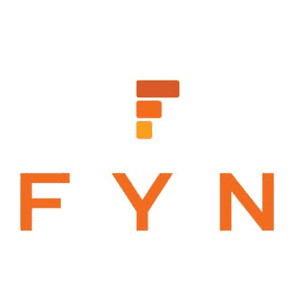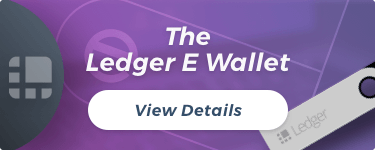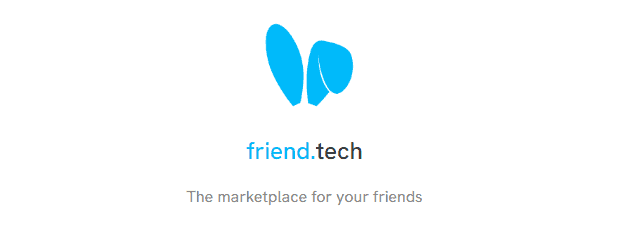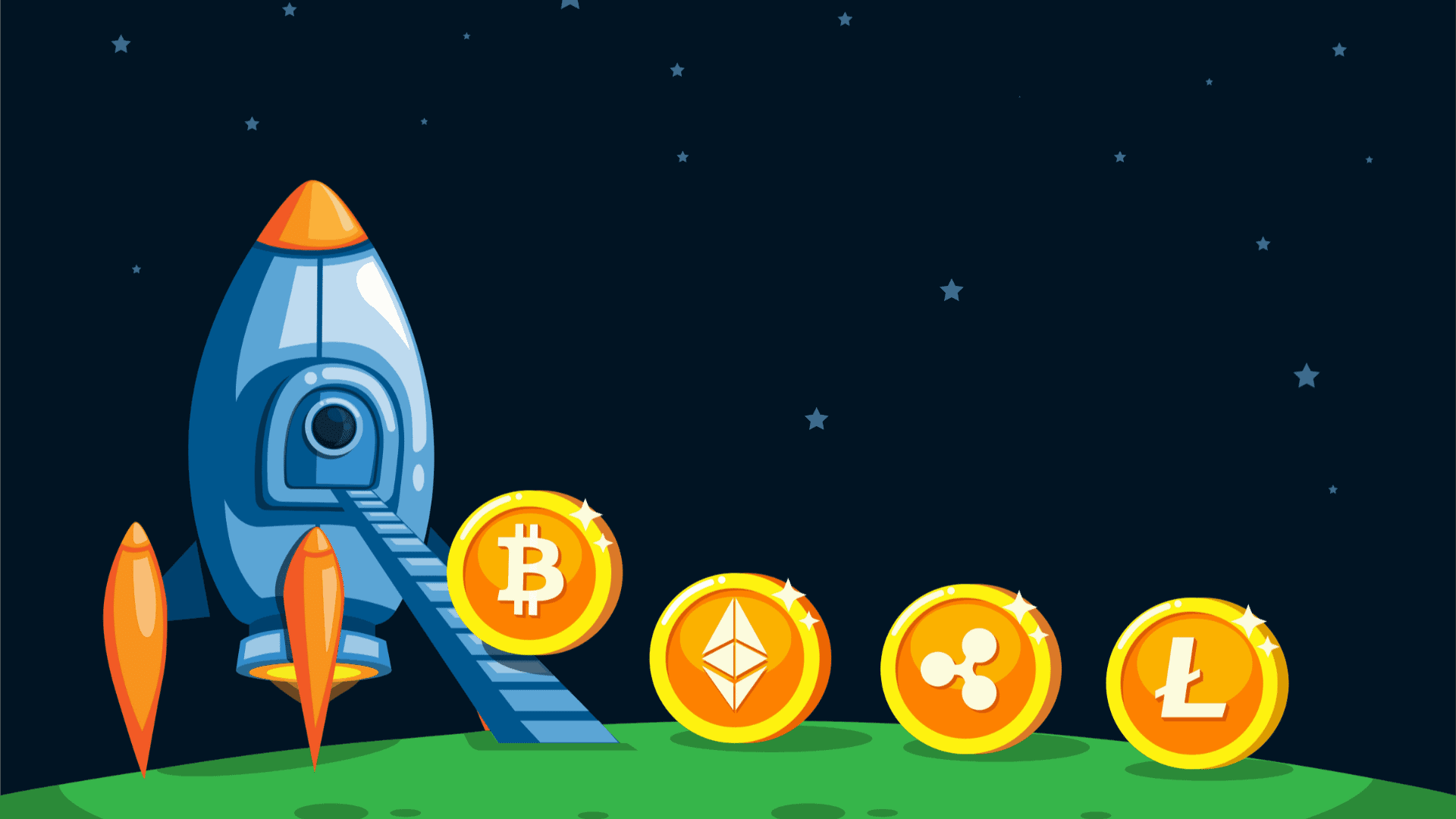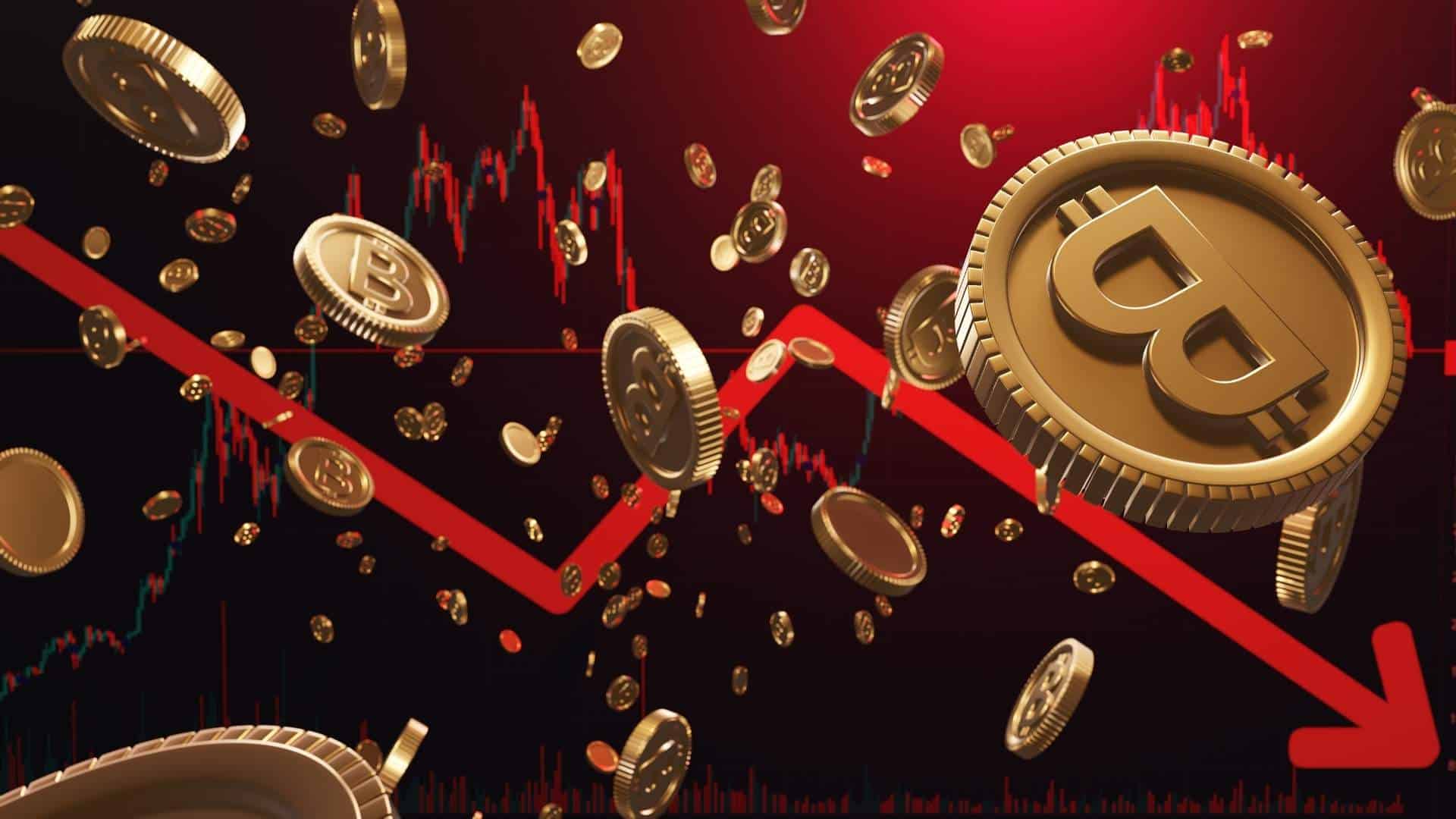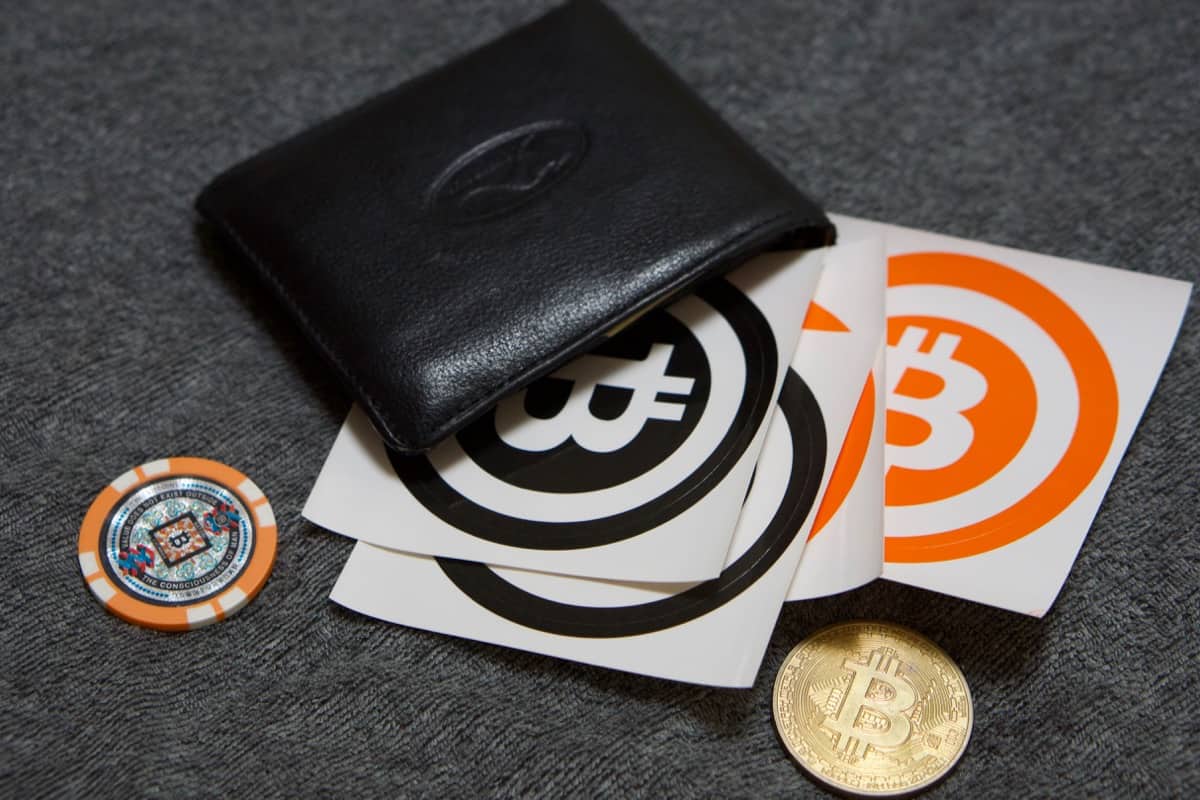
Polkadot (DOT)
| Market Cap | Volume | Last Trade |
|---|---|---|
Polkadot Details
| Built On | Launch Date | Proof Type | Max Supply | Circulating Supply | Website |
|---|---|---|---|---|---|
| 0 | 0 | NO | Platform | Block Reward | Block Time | Block Number | Net Hashes Per Sec | Polkadot |
| 0 | 0 | Trade |
Polkadot (DOT) price today is $0.0000000 USD. Trading volume was 0.00 DOT in the last 24 hours. Current market cap of Polkadot is $0 USD. Polkadot has a circulating supply of 0 DOT coins out of a maximum supply of 0 DOT coins.
An In-Depth Look at Polkadot (DOT)
What is Polkadot (DOT) and how does it work?
Overview
Polkadot is a unique multi-chain platform designed to enhance the interoperability and scalability of blockchain networks. It is an open-source project initiated by the Web3 Foundation. Polkadot aims to enable multiple blockchains to operate together seamlessly and in a secure, scalable manner. It does this through a sophisticated architecture that combines a network of multiple parachains (parallel blockchains) with a central relay chain.
The native cryptocurrency of the Polkadot network is called DOT. The DOT token serves three main functions in the Polkadot network: providing network governance, operating the network, and creating parachains by bonding.
Technical Aspects
Polkadot's architecture is one of its defining features. The central relay chain provides security to the network, while the multiple parachains that connect to it are custom blockchains that can have their own tokens and be optimized for any use case. The parachains can interact with each other via the relay chain, allowing them to share information and functionality, something not typically possible in traditional blockchain networks.
The Polkadot network uses a unique consensus algorithm called Nominated Proof-of-Stake (NPoS). This system allows DOT holders to have a say in the network's governance, including making decisions about network upgrades and changes to the protocol.
Another key aspect of Polkadot's technology is the use of "bridges." These are connections that allow Polkadot's parachains to interact not only with each other but also with external blockchains, such as Ethereum and Bitcoin.
Team
Polkadot was founded by Dr. Gavin Wood, who is also the co-founder and former CTO of Ethereum. Dr. Wood is well-respected in the blockchain community for his work on Ethereum, including his creation of the Solidity programming language. He leads Polkadot's development through an organization called Parity Technologies.
Joining Dr. Wood in the Polkadot team are Robert Habermeier and Peter Czaban. Habermeier, a Thiel Fellow, brings a deep background in blockchain technology, distributed systems, and cryptography. Czaban, on the other hand, is the technology director of the Web3 Foundation and brings his experience in the blockchain sector to the project.
The Polkadot project is backed by the Web3 Foundation, a Swiss organization that promotes and develops the decentralized web. The Foundation works with teams of developers and researchers to advance the field of blockchain technology. The Polkadot token sale, which took place in 2020, was a success, with the project raising around $200 million.
Polkadot was officially launched on August 19, 2020. Since its launch, it has attracted attention for its innovative approach to blockchain interoperability and scalability. Its DOT token has also climbed the ranks of cryptocurrencies by market capitalization, reflecting growing interest in the project.
Polkadot's partnerships are also worth noting. The project has partnered with several other projects and companies in the blockchain space to enhance its ecosystem. This includes collaborations with Chainlink, a decentralized oracle network, and Moonbeam, an Ethereum-compatible smart contract platform.
In conclusion, Polkadot's unique technical architecture, its strong team, and its approach to blockchain interoperability make it a project to watch in the evolving blockchain landscape.
How Does Polkadot (DOT) Make Money?
Transaction Fees
Polkadot (DOT) generates income primarily through transaction fees. These fees are levied on users who conduct transactions within the Polkadot network. The fees serve a dual purpose: they prevent network spam and provide a source of revenue for the platform. The Polkadot network uses an adaptive fee model, where transaction costs vary based on network usage.
Staking Rewards
Another way in which Polkadot earns money is through staking. Staking involves users locking up their DOT tokens to help secure the network. In return, they receive rewards in the form of additional DOT tokens. This is a crucial aspect of Polkadot's consensus model, known as NPoS (Nominated Proof of Stake). It not only helps to secure the network but also incentivizes token holders to participate in the network, thereby increasing its value and income.
Treasury Operations
Polkadot also holds a portion of transaction fees and slashing penalties (penalties imposed on validators that act maliciously or incompetently) in a treasury. These funds are used to fund the development and maintenance of the Polkadot ecosystem. The treasury operates through a democratic governance process, where DOT holders vote on proposals for spending treasury funds. This ensures a steady income stream for ongoing development and network maintenance.
How Can I Make Money with Polkadot?
Investing in DOT
One of the simplest ways to make money with Polkadot is by investing in DOT, the native token of the Polkadot network. As with any cryptocurrency investment, the goal is to buy low and sell high. The price of DOT, like all cryptocurrencies, is volatile and can increase or decrease rapidly. Therefore, this method requires careful research and consideration.
Staking DOT
As mentioned earlier, Polkadot operates on a Nominated Proof of Stake consensus model. This means that by staking your DOT tokens, you can earn rewards. When you stake your DOT tokens, you are essentially locking them up for a certain period of time. In return, you receive additional DOT tokens as rewards. However, staking also comes with risks. If the network validators you nominate act maliciously or incompetently, some of your staked DOT could be slashed (taken away).
Running a Validator Node
If you have the technical skills and resources, running a validator node can be a profitable way to earn DOT. Validators are responsible for producing blocks and validating parachain blocks, and in return, they receive block rewards and transaction fees. However, running a validator node requires a significant amount of DOT, technical expertise, and a good reputation within the Polkadot community.
Participating in Crowdloans
Polkadot introduces a unique method for projects to secure a parachain slot via crowdloans. Supporters can lend their DOT to projects seeking to secure a parachain slot. In return, they often receive tokens from the project. This can be a profitable venture if the project succeeds and the tokens increase in value. However, it's essential to thoroughly research the project before participating in a crowdloan, as the risks are substantial.
In conclusion, Polkadot presents various avenues for earning money, both for the network and individual participants. However, as with any investment, these methods require careful consideration and entail risk. It's important to thoroughly research and understand the Polkadot ecosystem before getting involved.
How Can I Buy Polkadot (DOT)?
Create an Account on Binance
The first step to buying Polkadot (DOT) is creating an account on the Binance exchange. Binance is a popular platform for buying and selling cryptocurrencies, and it offers Polkadot (DOT) among its trading pairs. To create an account, simply navigate to the Binance website and click on the 'Register' button. You will need to provide an email address and create a password.
Verify Your Account
Once you've created an account, the next step is to verify your identity. This process involves providing Binance with certain personal information, such as your full name and address, and may also require you to submit proof of identity. Account verification is essential for security purposes and to abide by regulatory requirements.
Secure Your Account
With your account verified, it's important to take steps to secure it. This includes setting up two-factor authentication (2FA), which provides an additional layer of security to your account. Binance offers several 2FA options, including SMS authentication and Google Authenticator.
Deposit Fiat or Cryptocurrency
After securing your account, you can now deposit funds. Binance allows users to deposit both fiat currency and other cryptocurrencies. If you're using fiat, you will need to set up a payment method, such as a bank account or credit card. If you're depositing cryptocurrency, simply select the coin you wish to deposit and generate an address to send it to.
Buy Polkadot (DOT)
With funds in your account, you're now ready to buy Polkadot (DOT). Navigate to the markets section on Binance and search for DOT. Select the trading pair you wish to use (e.g., DOT/USD, DOT/BTC), enter the amount you want to buy, and execute the trade.
Store Your Polkadot in a Secure Wallet
After purchasing DOT, it's crucial to store your coins in a secure wallet. Storing your coins on an exchange can be risky due to potential hacks. Binance provides its own secure wallet, but there are also third-party wallets available.
For a more detailed guide on how to buy Polkadot (DOT), check out this comprehensive guide.
What are the Best Wallets for Polkadot (DOT)?
When it comes to storing your DOT securely, there are several wallet options available. Here are a few recommendations:
-
Polkawallet: Polkawallet is a mobile wallet specifically designed for Polkadot. It offers features such as multi-chain support, identity management, and a user-friendly interface.
-
Ledger: Ledger is a hardware wallet that supports Polkadot. It's one of the most secure ways to store your DOT, as it keeps your coins offline and safe from potential hacks.
-
Trust Wallet: Trust Wallet is a mobile wallet that supports a wide range of cryptocurrencies, including Polkadot. It offers a simple and secure way to manage your DOT.
-
Binance Wallet: As mentioned earlier, Binance offers its own secure wallet. If you're planning to trade your DOT frequently, this could be a convenient option.
Remember, the security of your coins is paramount. Always choose a wallet that best suits your security needs and usability preferences.
How Can I Find More Polkadot (DOT) News?
Keeping updated on the latest news and updates about Polkadot (DOT) is crucial in the fast-paced world of cryptocurrency. In this section, we provide you with several reliable sources where you can find the most recent and relevant Polkadot news.
Polkadot Website
The official Polkadot website is, without a doubt, the most reliable source of information about the project. Here, you can find comprehensive data about the DOT token, the Polkadot network, and its unique features. It also provides updates about the latest developments, partnerships, and integrations.
Polkadot Whitepaper
For those interested in the technical aspects of Polkadot, the project's whitepaper is an excellent resource. This document provides detailed insights into the Polkadot's design and functionality, including its consensus mechanism, governance model, and more.
Polkadot Twitter
Social media channels, particularly Twitter, are a great way to stay updated on the latest news and developments in the cryptocurrency world. Polkadot frequently posts updates, announcements, and other relevant information on their official Twitter account.
Polkadot Reddit
The Polkadot subreddit is a vibrant community of enthusiasts, developers, and investors. Here, you can engage in meaningful discussions about the project, ask questions, and find the latest news about Polkadot. It's a great place to connect with like-minded individuals and learn more about the DOT ecosystem.
Coins Similar To Polkadot (DOT)
While Polkadot has its unique features and strengths, there are several other cryptocurrencies that offer similar functionalities or target similar use-cases. In this section, we briefly introduce four such coins: Solana, Cardano, Avalanche, and Ethereum.
Solana
Solana is a high-performance blockchain platform designed to support decentralized applications and crypto-currencies. It boasts high-speed transactions and low fees, making it a popular choice for various applications. Visit the provided link to learn more about this exciting project.
Cardano
Cardano is a proof-of-stake blockchain platform driven by research and scientific approach. The platform aims to redress some of the most pressing issues plaguing the crypto industry, including scalability, interoperability, and sustainability. Check out the link above to discover more about Cardano.
Avalanche
Avalanche is a decentralized platform that offers a unique consensus protocol promising high speed and low latency. It allows anyone to launch their blockchain, smart contract, or decentralized application. Visit the link above to delve deeper into Avalanche.
Ethereum
Ethereum needs little introduction. As the second-largest cryptocurrency by market cap, Ethereum is a decentralized platform that enables developers to build and deploy smart contracts and decentralized applications. Its ambitious roadmap aims to make Ethereum more scalable, secure, and sustainable. Learn more about Ethereum by following the above link.
Polkadot Markets
| Rank | Exchange | Country | Coin Types | Fees | Trade |
|---|---|---|---|---|---|
| 1 |
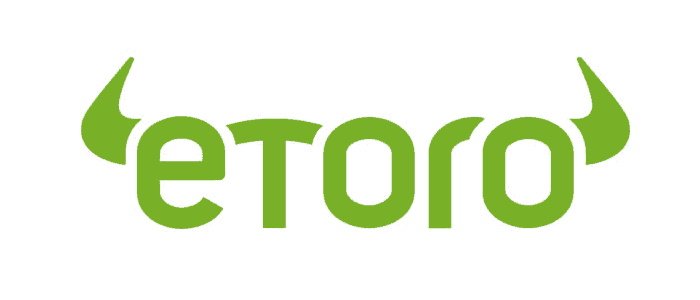 Etoro
Etoro
|
Cyprus | 34 Currencies including DOT | 0,10% > 1% | More info |
| 2 |
 Crypto.com
Crypto.com
|
Hong Kong | 287 Currencies including DOT | 0.04% - 0.4% | More info |
| 3 |
 Coinbase
Coinbase
|
US | 241 Currencies including DOT | 1,49% > 3,99% | More info |
| 4 |
 Binance
Binance
|
Cayman Islands | 366 Currencies including DOT | 0,10% | More info |


